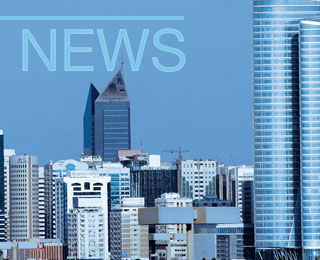Lee In-young, an opposition spokesman for the New Politics Alliance for Democracy party and member of the National Assembly's Environment Labour Committee, has raised concerns over radioactive-contaminated coal bought by South Korean cement firms.
The Environment Ministry received data that between 2011 to 2013 Sangyong Cement Industrial, Tongyang Cement and Energy, Lafarge Halla Cement and Hanil Cement received waste coal from the Japanese government, which was used in the production of cement. Considered as waste disposal, the coal’s value amounted to KRW133bn (US$126.5m).
"The problem is that 20 to 73Bq/kg of radioactive cesium was detected from Japanese coal," Lee said. "Though this level is lower than the safety threshold (370Bq), there is possibility of cesium having been exposed in everyday life given that coal is used in cement as well as other construction and industrial materials." If the level of radioactive cesium exceeds the safety threshold and permeates into body, it can cause a range of health problems including osteomyelitis and thyroid cancer.
Japanese coal imported to Korea stood at 1.11Mt worth KRW40.97bn (US$39.9m) in 2011, 1.23Mt or KRW47.79bn (US$45.45m) in 2012 and 1.35Mt or KRW44.33bn (US$42.17m) in 2013. The amount has continued to increase over the past three years. "Korean cement firms get around US$15/t of Japanese coal as waste disposal costs, and that is why they import Japanese coal frequently," Lee said. "Measures should be taken urgently since the government hasn’t scrutinised imported coal narrowly."

Cemento Polpaico reports CLP259m net profit for 2024
Chile based Cemento Polpaico posted a 0.4 per cent drop in revenues to CLP339.908bn (US$359.8m...